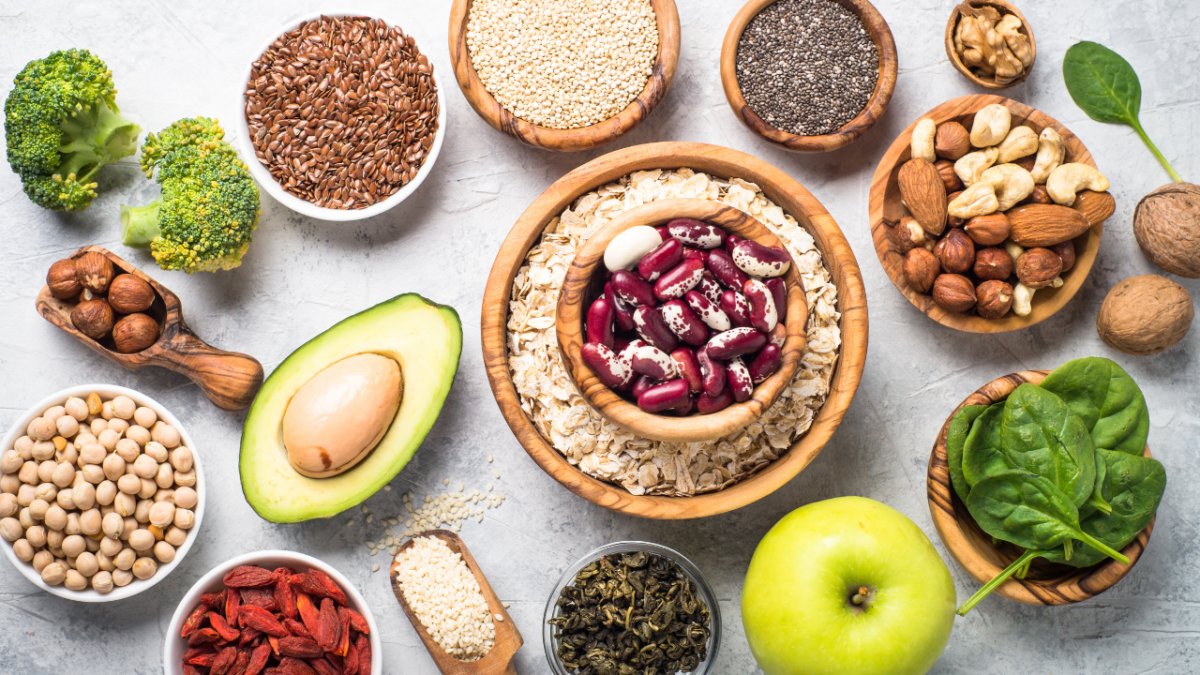Hormone Dynamics During Perimenopause: Who’s in Control?
Imagine waking up one day, feeling a little off, maybe more tired than usual, or perhaps your mood swings have been more intense lately. You brush it off, thinking it’s just stress or that extra cup of coffee you had yesterday. But as time goes on, these changes become harder to ignore. Suddenly, the things that were once easy—like getting a good night’s sleep, keeping your energy up, or even remembering where you left your keys—seem like daily battles.
If you’re in your 30s or beyond, you might be wondering, “What is happening to me?” The answer might lie in the complex dance of hormones that your body is beginning to navigate as it approaches perimenopause. Hormones that once worked in perfect harmony are now starting to shift, and with that comes a whirlwind of physical and emotional changes. It’s not just you—this is a journey many women go through, often without realizing that these key hormones are at the helm, steering us through this transition.
In this blog, we’ll explore the key hormones that are in control during perimenopause, helping you understand what’s really going on inside your body. Because once you know the ‘why’ behind these changes, you can start taking back some control and navigating this stage of life with a little more confidence and a lot more self-compassion.
Estrogen: The Star Player with a Temperamental Side
Estrogen is the leading lady in the hormonal cast of perimenopause. It’s the hormone most closely associated with female reproductive health, regulating your menstrual cycle, supporting bone health, and even influencing your mood.
During perimenopause, estrogen levels become erratic. You might experience surges where estrogen levels spike, leading to symptoms like breast tenderness, bloating, and heavy menstrual bleeding. Conversely, as estrogen begins to decline, you may notice hot flashes, vaginal dryness, and irregular periods. This hormonal rollercoaster can make perimenopause feel like an unpredictable journey, as your body tries to adjust to these fluctuating levels.
Tip: To help manage estrogen fluctuations, consider incorporating phytoestrogen-rich foods like flaxseeds, soy, and legumes into your diet. These plant-based estrogens can help ease symptoms by mimicking the effects of estrogen in the body.
Progesterone: The Balancer on a Break
Progesterone is another critical hormone during your reproductive years, playing a key role in regulating your menstrual cycle and preparing your body for pregnancy. However, as you enter perimenopause, progesterone production begins to decline.
This decrease can lead to an imbalance between estrogen and progesterone, often referred to as “estrogen dominance.” Symptoms of this imbalance include irregular periods, heavier or longer menstrual bleeding, and increased premenstrual syndrome (PMS) symptoms like mood swings and irritability. Without enough progesterone to balance the effects of estrogen, you might also find it harder to get a good night’s sleep.
Tip: To support progesterone levels, try adding foods rich in magnesium and vitamin B6 to your diet, such as nuts, seeds, bananas, and leafy greens. These nutrients are vital for hormone production and can help ease some of the symptoms of low progesterone.
Testosterone: The Quiet Influencer
Though often associated with men, testosterone plays a crucial role in women’s health too. It’s involved in maintaining libido, bone density, and muscle mass. During perimenopause, testosterone levels can fluctuate, sometimes leading to symptoms like reduced sexual desire, fatigue, and muscle weakness.
For some women, testosterone levels might actually rise slightly during early perimenopause, contributing to symptoms like increased acne or facial hair. However, as estrogen and progesterone decline, testosterone levels usually follow suit.
Tip: Regular exercise, particularly strength training, can help maintain muscle mass and boost energy levels. Additionally, a balanced diet rich in healthy fats like avocados, nuts, and olive oil can support hormone production, including testosterone.
Follicle-Stimulating Hormone (FSH): The Boss Behind the Scenes
Follicle-stimulating hormone (FSH) might not get as much attention as estrogen and progesterone, but it plays a vital role during perimenopause. FSH is responsible for stimulating the ovaries to produce eggs. As ovarian function declines during perimenopause, the body increases FSH production in an attempt to stimulate the ovaries.
Elevated FSH levels are one of the key indicators that you’re transitioning into perimenopause. However, despite the body’s efforts, the ovaries become less responsive, leading to irregular periods and eventually, the end of menstruation.
Tip: While you can’t directly control FSH levels, maintaining a healthy lifestyle with regular exercise, a balanced diet, and stress management techniques can support overall hormonal health.
Cortisol: The Stress Hormone That Loves Drama
Cortisol, the body’s primary stress hormone, can also wreak havoc during perimenopause. As estrogen levels drop, the body may become more sensitive to stress, leading to higher cortisol levels. This can exacerbate symptoms like anxiety, fatigue, and weight gain, particularly around the midsection.
Chronic stress and elevated cortisol can also impact sleep quality, leading to a vicious cycle of fatigue and irritability. Managing stress effectively is crucial during perimenopause, as it can help mitigate the effects of fluctuating hormones.
Tip: Incorporate stress-reducing activities into your routine, such as yoga, meditation, or deep breathing exercises. Adequate sleep, regular physical activity, and a balanced diet are also essential in keeping cortisol levels in check.
Parting Words
As we’ve explored, the key hormones that guide us through perimenopause play significant roles in how we feel, both physically and emotionally. By understanding the shifts in estrogen, progesterone, and other crucial hormones, you’re not just uncovering the science behind your symptoms—you’re gaining valuable insight into your body and self during this transformative time.
Knowledge is power. When you understand what’s happening inside your body, you can better anticipate the changes and manage them with greater ease. Instead of feeling at the mercy of your symptoms, you can take proactive steps to balance your hormones, whether through lifestyle changes, dietary adjustments, or seeking support from healthcare professionals.
If you know someone who could benefit from this blog, feel free to share it with them! 👇 And don’t forget to give us some love in social too — the links are in the footer! 😉







